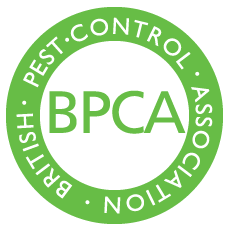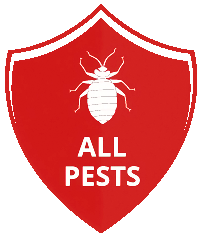Insect Infestation Devon
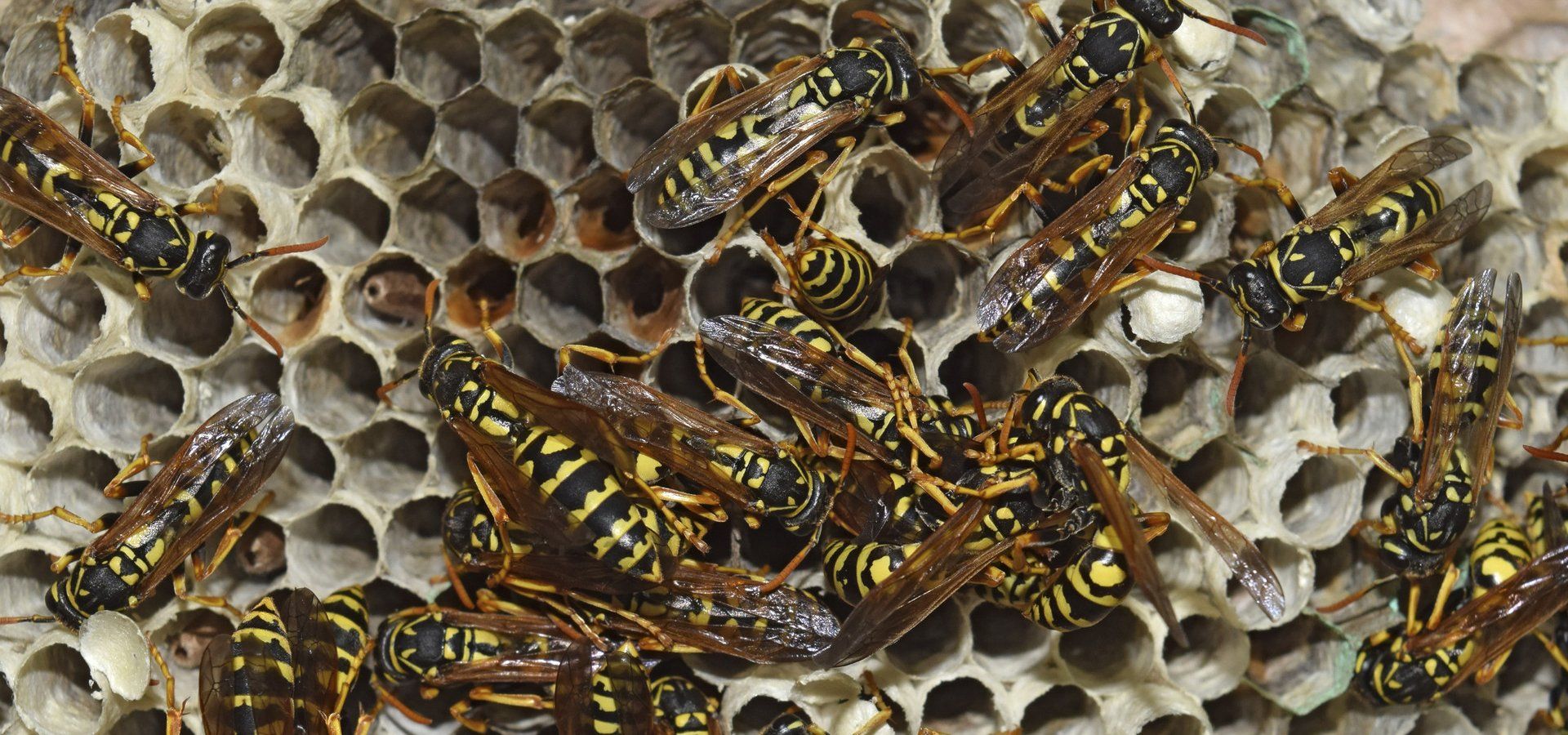
AllPests are experts in effectively dealing with infestations from any type of pest, including all insects. Contact us for a rapid, affordable and professional response.
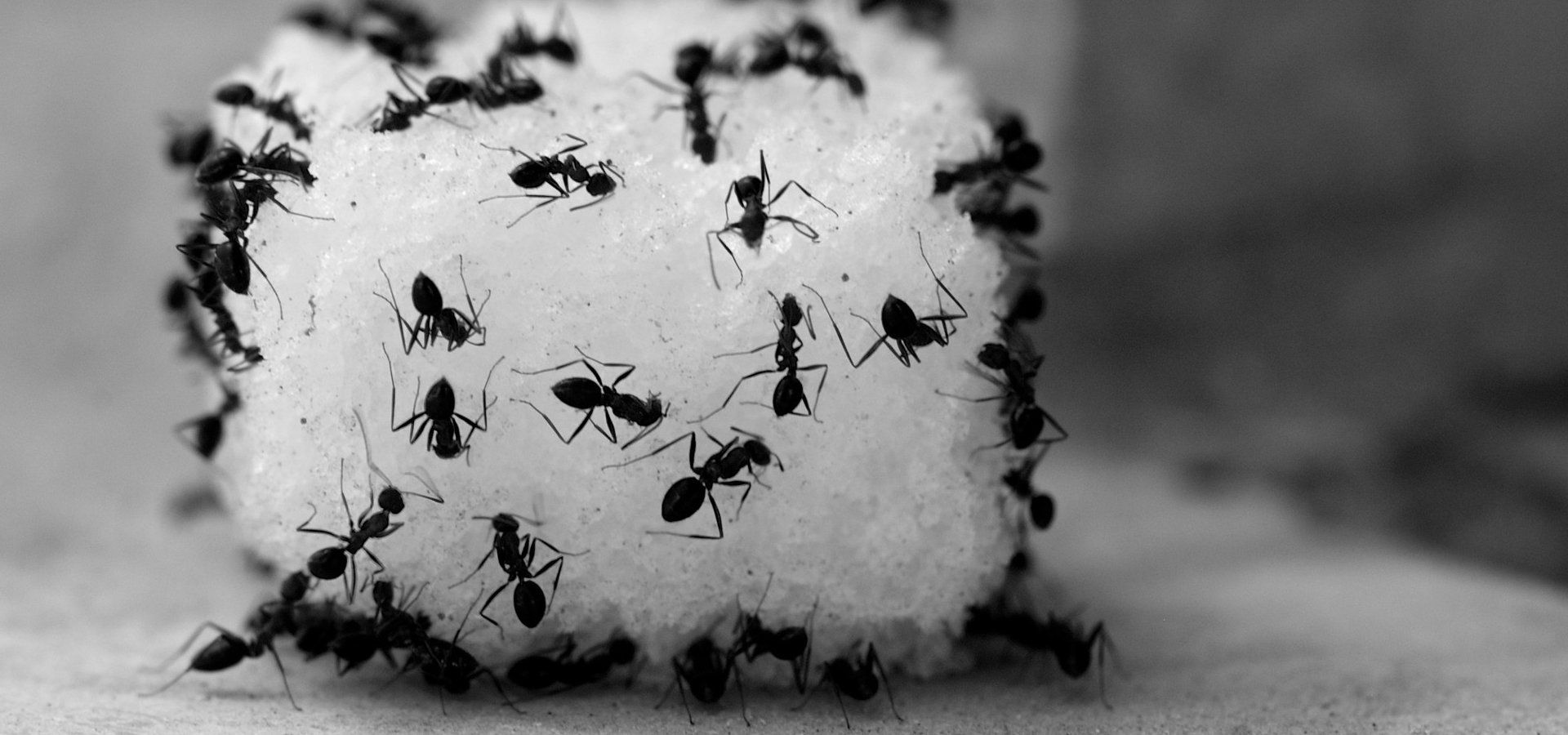
Ants (black)(Lasius niger)
Appearance
Worker ants can be up to 5mm (one fifth of an inch) in length with queen ants being up to three times as long, sometimes with wings. Black ants (as their name suggests) vary in colour from dark brown-black colour.
Habitat
Ants make their home in soil, you will be able to see fine powdery soil surrounding small holes where the entrances are. This entrances can be between paving slabs and are usually to found on in sunny places.
Food
Anything sweet or high in protein will be seen as ideal food by ants. They tend to follow the same paths around gardens and inside buildings, so keep food covered anywhere that you have seen ants in the past.
Leaving an ant infestation untreated can cause significant problems, as they will swarm and form another colony nearby. Small colonies will continually grow all through the winter meaning that you will have a worse problem next year.
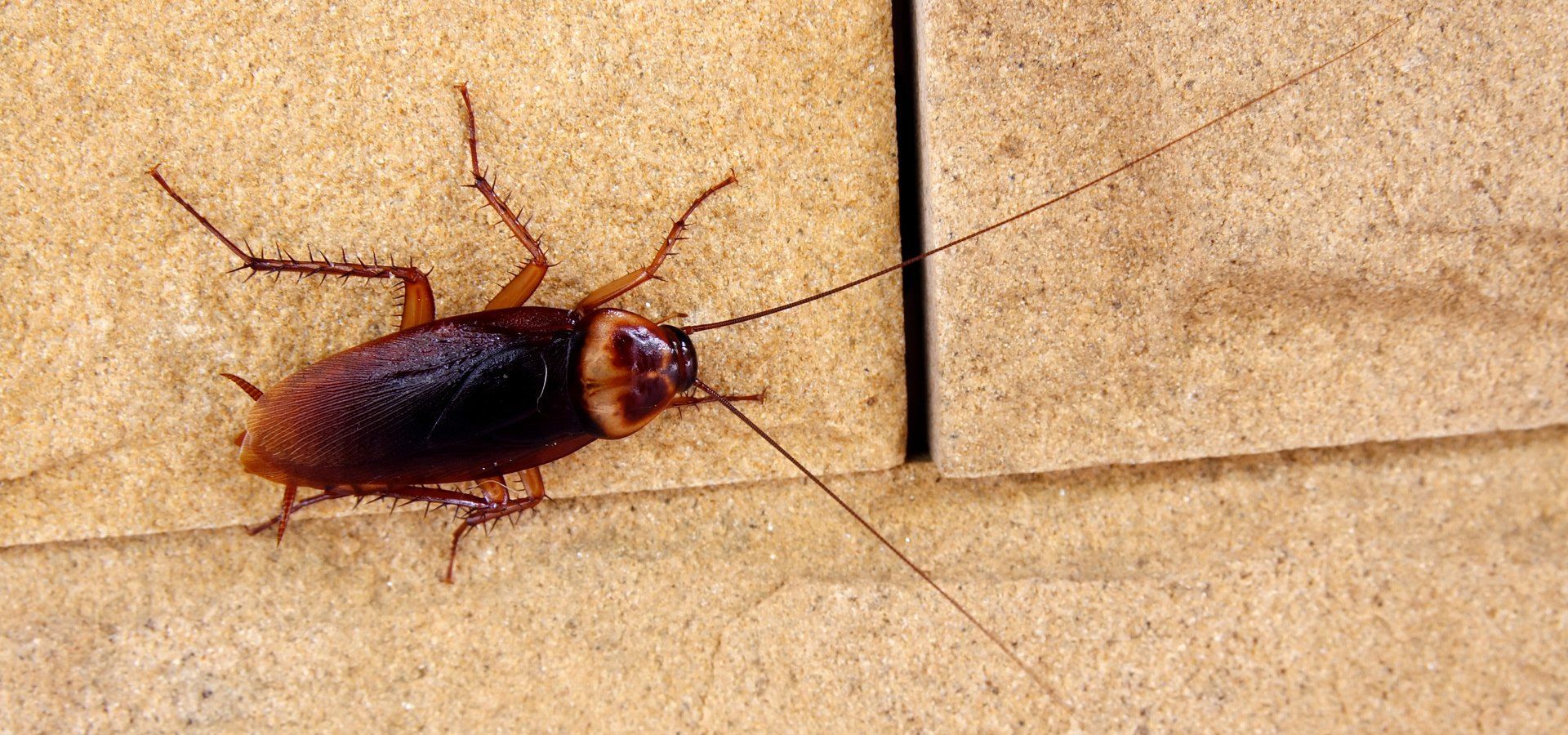
Cockroaches(Blatta orientalis) & (Blattellci germanica)
Appearance
Cockroaches are beetles and among the largest insects you will see wild in the UK. They do not typically grow longer than 23mm (just under an inch) in length, they can be identified by their long antennae and twin sets of wings.
Cockroaches found in the UK will typically be of one of two different species, either German cockroach and the Oriental cockroach.
German cockroaches prefer warm environments, especially where it is also a moist atmosphere. The german cockroach can both swim and fly, and is able to climb swiftly up smooth surfaces.
The Oriental cockroach is typically found indoors and prefers well heated buildings, typically larger than houses, places such as hospitals, hotels, restaurants, prisons and blocks of flats are ideal. The oriental cockroach will occasionally be found outside, especially around dustbins and rubbish tips. The body of an oriental cockroach will be a darker brown, ranging to black and very shiny. It can not fly and can not climb up very smooth surfaces, but is able to move incredibly rapidly.
Habitat
Cockroaches usually only seen at night, spending the daylight hours hidden in cracks, especially around sinks, drains, cookers and in back of service ducts. You are most likely to see them if you suddenly turn on the lights at night. Large numbers of cockroaches produce a smell similar to almonds, although quite unpleasant. A female cockroach can lay as many as 240 eggs a month which hatch in two to twelve weeks depending on the species. The cockroaches then take several months to grow to maturity.
Dangers
Cockroaches can eat almost anything, including excrement. Cockroaches are a pest because of this and they can spread germs either from contact with the cockroach or their droppings. They can carry a range of diseases, including dysentery, gastroenteritis, typhoid and several bacteria and viruses that cause food poisoning. Contamination can occur when cockroaches come into contact with food.
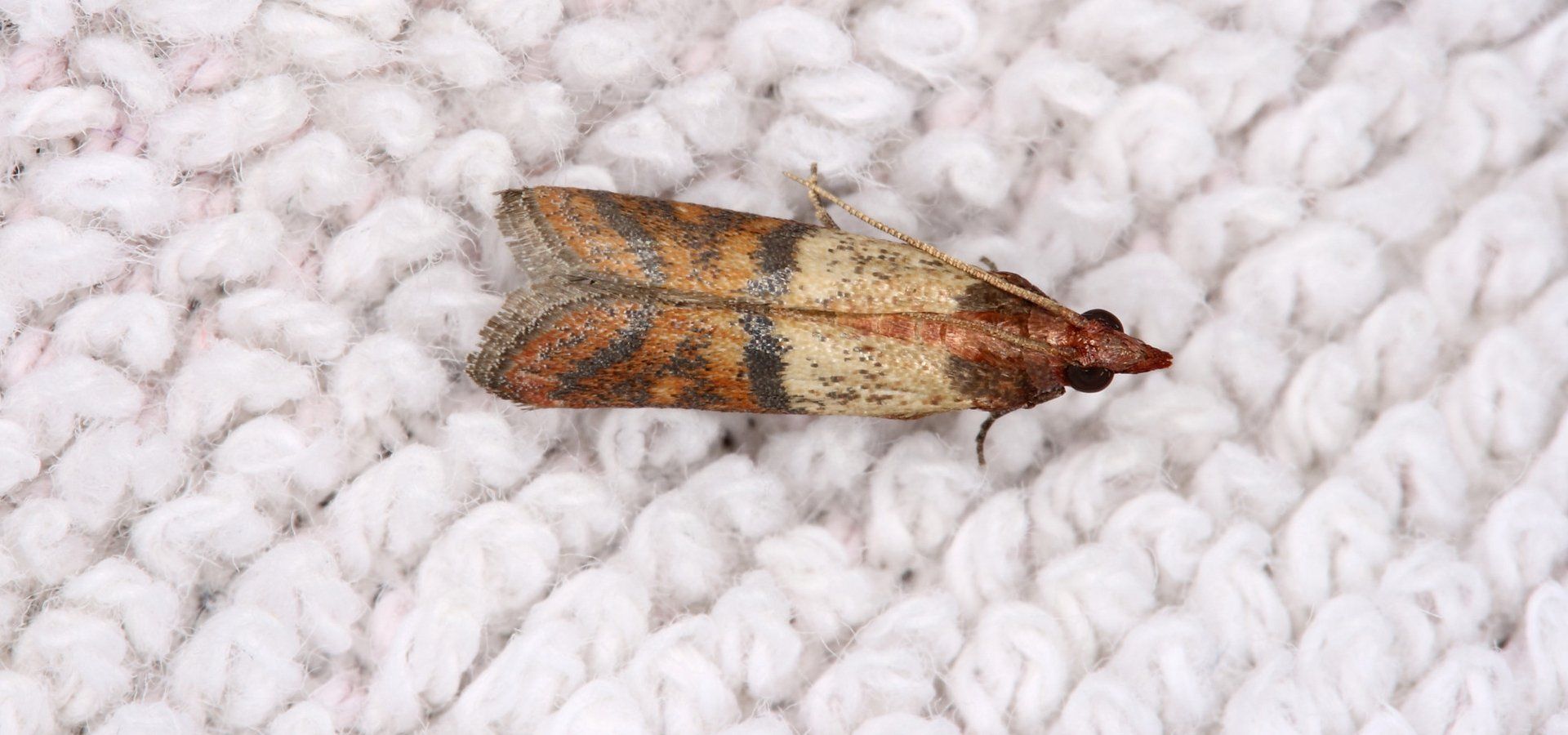
Moths (The Common 'Clothes' Moth)(Tineola bisselliella)
Appearance
The most common moth in the UK is the common clothes moth, although there are hundreds of different species. Fully grown they can be up to 7mm in length with long, thin antennae and long legs that have spines at joints. The leading edge of the wing is shiney and golden fading to a dull brown and a rough edge at the back.
The most damage caused by moths is during the larval stage, when the white caterpillars form silk tunnels. They leave these tunnels during the night and feed on fibres and animal products, typically clothes, leather, feathers and similar materials. They stay in this stage of development for two to seven months.
Habitat
As they try to avoid the light, moths are commonly found inside old wardrobes and other furniture, but they can also be found living on fabrics such as clothes, carpets, curtains and sofas.
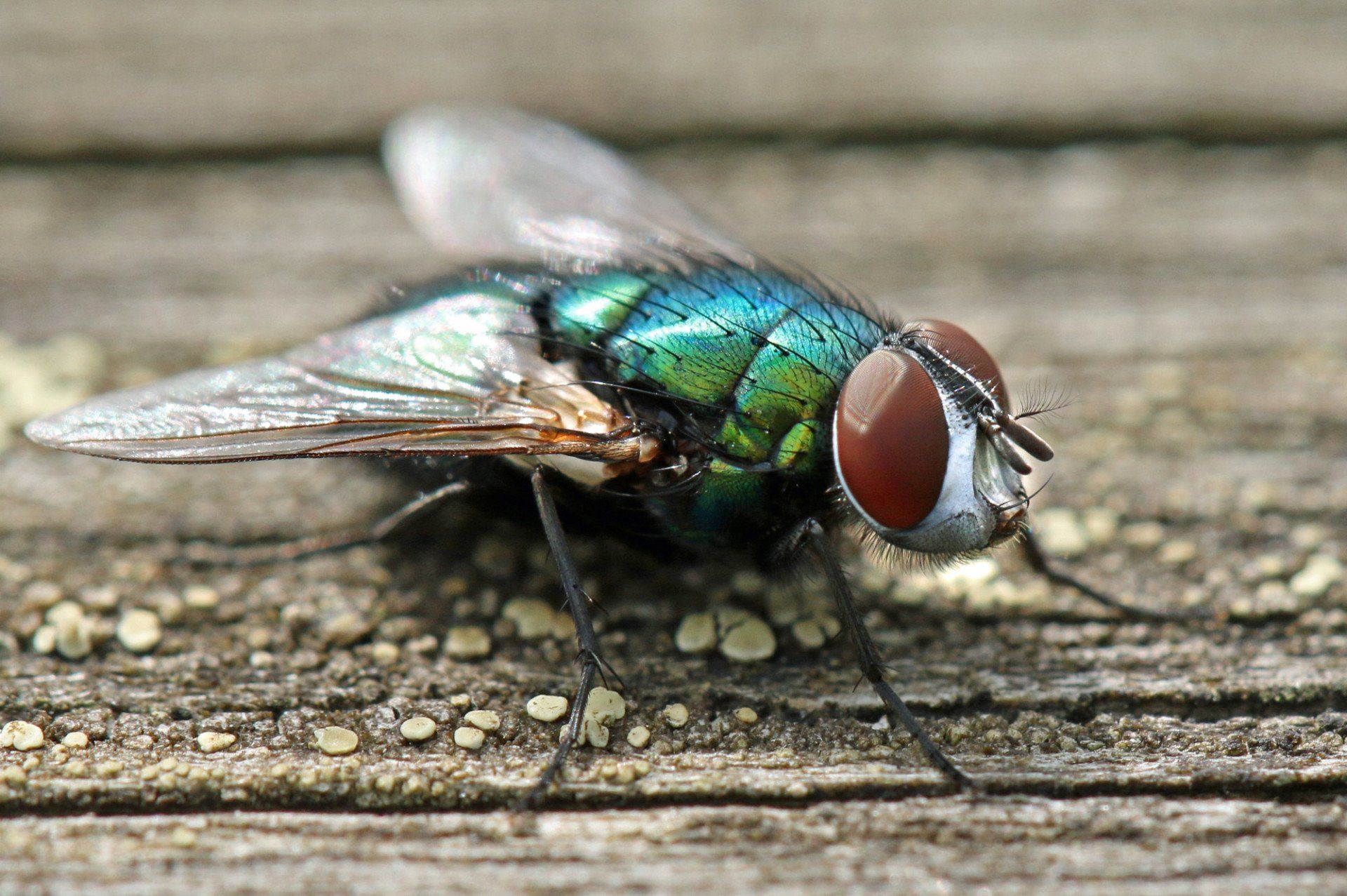
Cluster Fly Control(Pollenia)
Appearance
Cluster flies are larger in appearance than common house flies and are typically darker in overall colour.
Cluster flies do not carry diseases and will not cause extensive damage to homes. However, the pests may darken walls or windows with their droppings and may attract other insects if they die inside the wall voids. Large numbers of the flies often congregate on windows and inside ceiling light fixtures, making them a nuisance to residents.
Habitat
The fly will take shelter in lofts and walls and wait for spring to emerge. Cluster flies prefer warm areas, so homeowners often find them flying around houses on sunny days in the winter and late autumn months.
